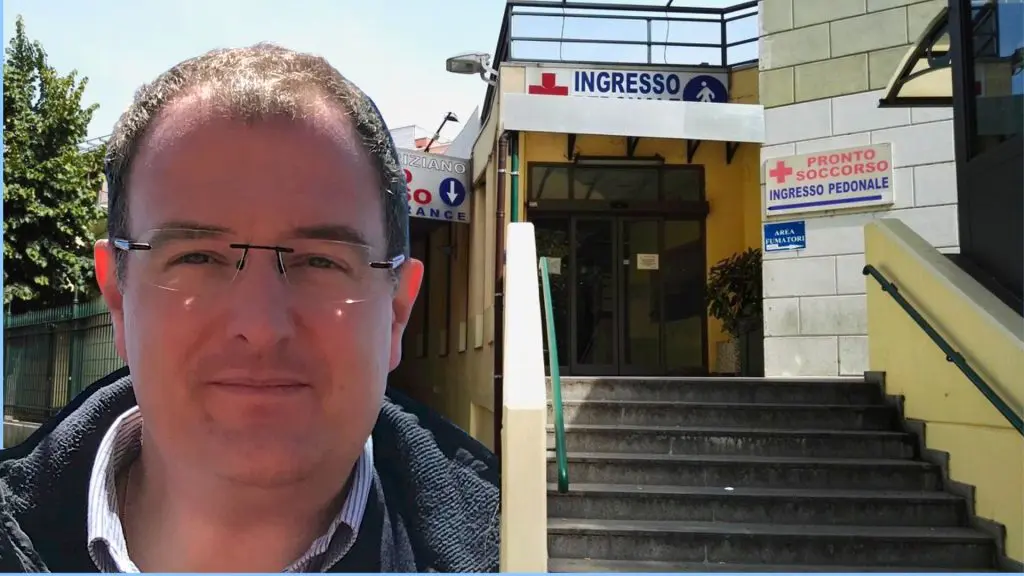Artificial intelligence takes a stand against gender-based violence with the ViDeS project – VIolence DEtection System – an initiative funded by Fondazione CRT. The project aims to automatically analyze emergency room medical reports to identify injuries that may have a violent origin, contributing to the prevention of femicide.
This interdisciplinary project combines expertise in epidemiology, computer science, psychology, and medicine and is the result of collaboration between research institutions and healthcare facilities. Leading the scientific team, researcher Daniele Radicioni shares how an idea sparked by a disturbing correlation – between emergency room visits and femicides – has evolved into an innovative system that enhances the identification and documentation of violence cases, offering a practical and effective tool for violence prevention.
What inspired the development of ViDeS? Was there a specific event or data that prompted work on this issue?
The project originated from a master’s student I taught, who was working with Dr. Carlo Mamo’s Epidemiology group at ASL TO3. She told me about their activities and research on combating gender-based violence, which immediately caught my interest. I proposed collaborating with the group of epidemiologists. They had access to a large dataset, while our contribution involved developing and applying text processing tools (commonly known as NLP, or natural language processing) to address a well-defined and pressing issue. This synergy resulted in a partnership I consider highly enriching, both scientifically and personally.
Why are emergency room reports considered such critical predictors of femicide?
Emergency room visits are unfortunately a significant risk indicator for femicide, as evidenced by literature based on case analysis. While not all women presenting with injuries of violent origin become femicide victims, it is often the case that those who face this tragic outcome had prior emergency room visits. This insight inspired the project, highlighting the need for timely identification and intervention in emergency departments to recognize signs of violence and prevent fatal outcomes.
What are the main challenges to recognizing violence in clinical reports?
The challenges are multifaceted. First, defining “violence” and “crime” can be controversial. In some contexts, slapping someone during a conversation may be considered normal. Women themselves may tolerate violence or not perceive it as a crime that infringes on their psychological and physical freedom. Those who justify such acts are often reluctant to report them, even going so far as to lie about the causes of their injuries.
Another key issue lies in the context of gender-based violence, which often occurs in family or relational settings, behind closed doors. Reporting a partner or family member means acknowledging that the home, perceived as a safe haven, is a site of abuse and that someone who should provide protection is the perpetrator. This awareness often explains victims’ reluctance to report abuse. Furthermore, some victims are accompanied to the hospital by the very person inflicting the violence, who may control their narrative. Additional complications include language barriers, economic dependence, physical or psychological issues, and substance abuse, all of which hinder victims’ ability to report and process what they’ve experienced.
A further difficulty lies with the healthcare providers, who are responsible for accurately recording information. After completing triage notes and medical visit reports, emergency room staff must indicate whether injuries are of violent origin. However, workplace pressure, complex or unintuitive IT systems, and limited time can prevent proper documentation, leading to the loss of critical information. This is where our system makes a difference: by providing automatic suggestions, it supports healthcare professionals in recognizing potentially violent injuries and facilitates swift, supervised documentation without adding to their workload.
How does the intelligent report analysis system work, and how many records have you analyzed?
The system is essentially straightforward: it analyzes a text and determines whether the described injuries are of violent origin. The processed documents include triage notes – a brief description of the trauma’s context – and initial medical visit records.
We’ve gathered a substantial dataset of approximately 500,000 records. This large amount of data was crucial for training the system, enabling it to distinguish between violent and non-violent injuries through exposure to numerous positive and negative examples.
What technologies or AI models are used to achieve high accuracy?
We use probabilistic language models that learn to construct word sequences (or parts of words) or identify missing words in a sequence. These systems generate a numerical representation of the text, which is then processed by neural networks for classification. The system’s output indicates whether the current report describes an injury caused by violence or something else.
How important was the interdisciplinary team’s contribution to the project’s success? Who worked on the project?
The project is interdisciplinary and involves various stakeholders, even outside the university. A complex problem requires multifaceted solutions. Collaborators include Prof. Georgia Zara (psychologist, Department of Law), Prof. Paola Torrioni (Department of Cultures, Politics, and Society), and Prof. Sarah Gino (Department of Health Sciences at the University of Eastern Piedmont). We also worked with Dr. Arianna Vitale from the AO Mauriziano Health Directorate in Turin and Drs. Carlo Mamo, Marco Dalmasso, and Luca Cuomo from the Epidemiology Service at ASL TO3 in Grugliasco, as well as Drs. Alessio Pitidis and Marco Giustini from the Italian National Institute of Health. The informatics team included Dr. Enrico Mensa, Dr. Matteo Delsanto, and Lorenzo Caresio, a brilliant graduate student in Artificial Intelligence and IT Systems. This team underscores the collective and interdisciplinary nature of scientific endeavors.
What were the main results achieved during the trials?
Our system achieves very high accuracy when classifying new records, with over 97% correct classifications of violent or non-violent injuries. It can process what emergency room staff write (or are writing in real time) and suggest whether the injury should be documented as violent.
For retrospective analysis, we examined over 350,000 records from AO Mauriziano, identifying around 2,000 cases that our system flagged as violent but were not annotated as such in the hospital system. Upon manual verification, 96% of the system’s predictions were correct.


